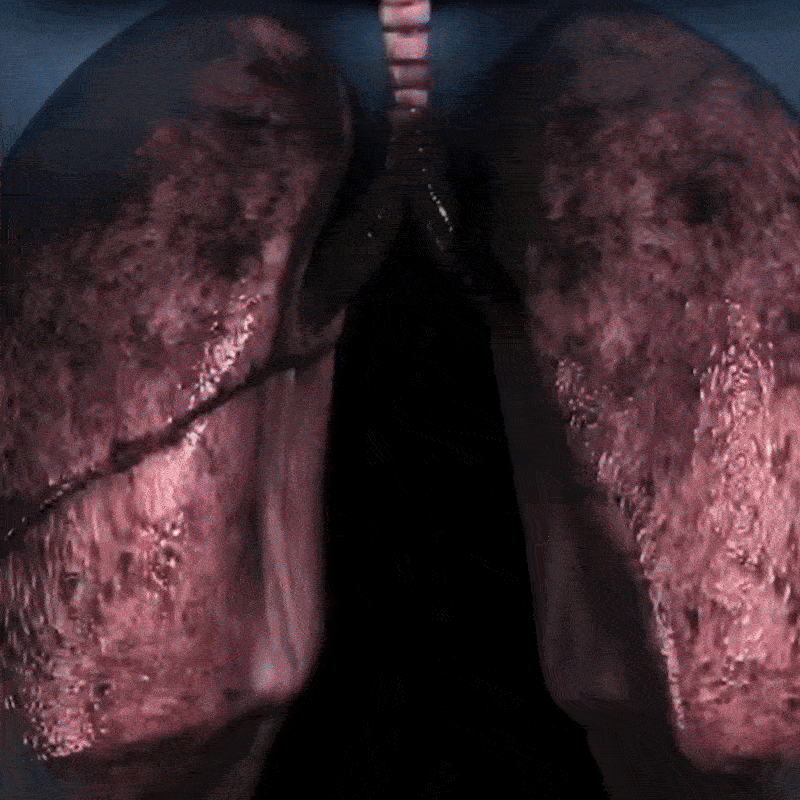Most people assume breathing is purely automatic and can’t be improved.
The truth is, your lungs depend on muscles—especially the diaphragm—to expand and pull air in.
Over time, especially with COPD, these muscles can weaken because you’re no longer taking deep, full breaths.
When they weaken, every breath starts feeling like a chore.
Resistance breathing works by gently challenging these muscles to push and pull harder as you breathe in and out—almost like putting your lungs on a gentle fitness program.
Just as regular exercise strengthens your arms or legs, consistent resistance training strengthens the diaphragm and chest muscles that make breathing possible.





























